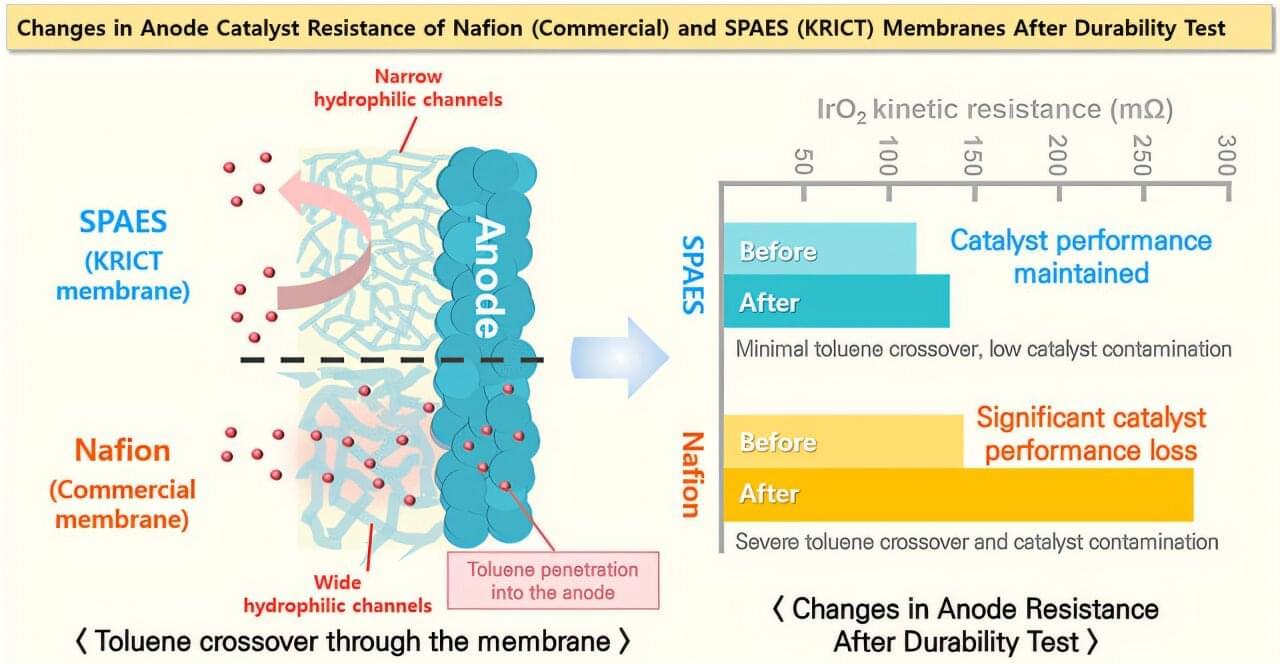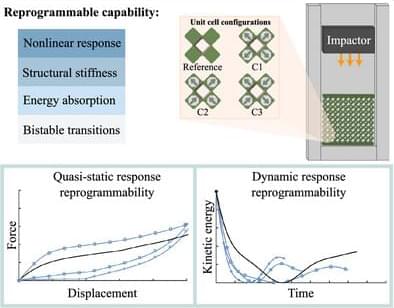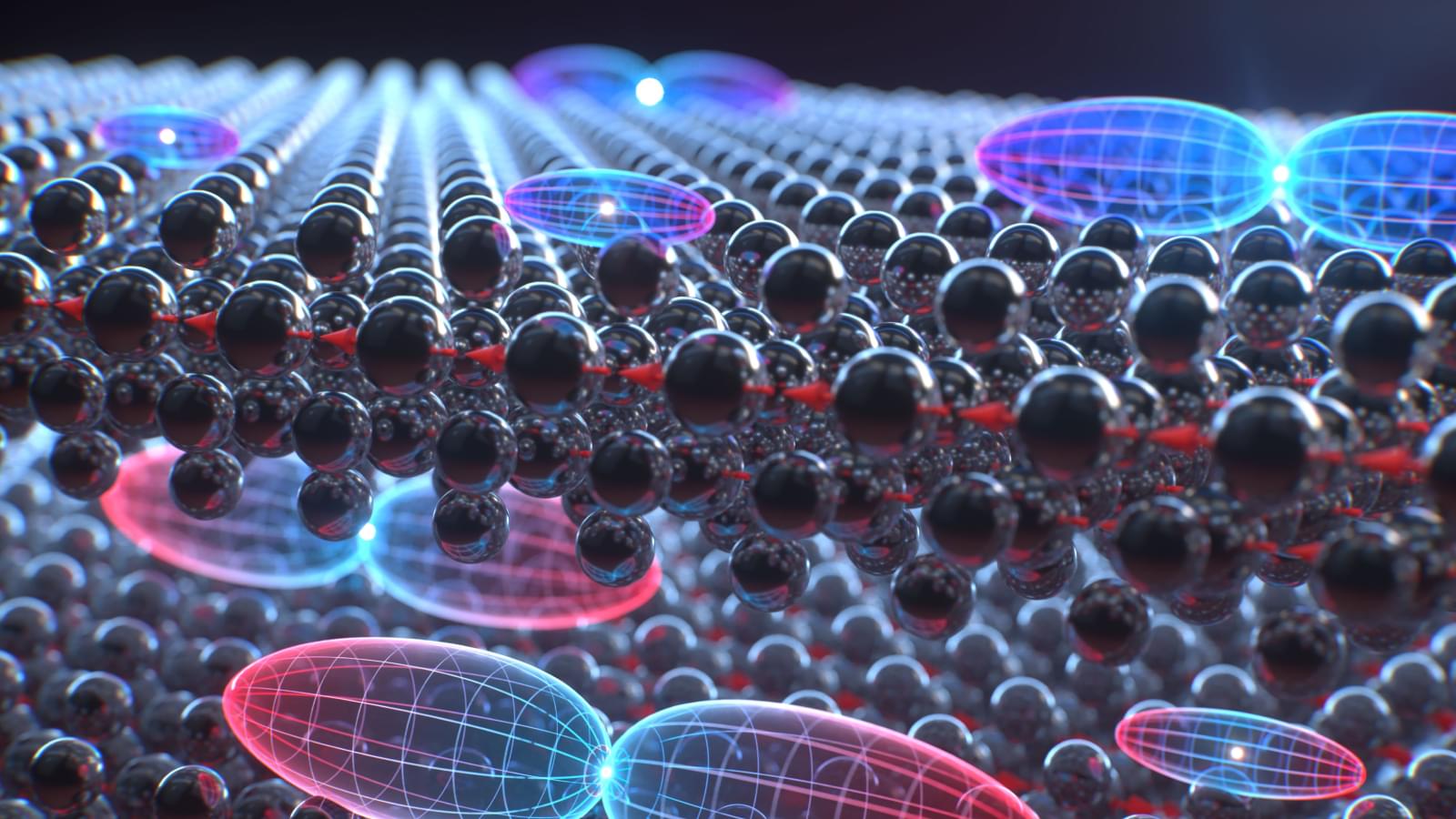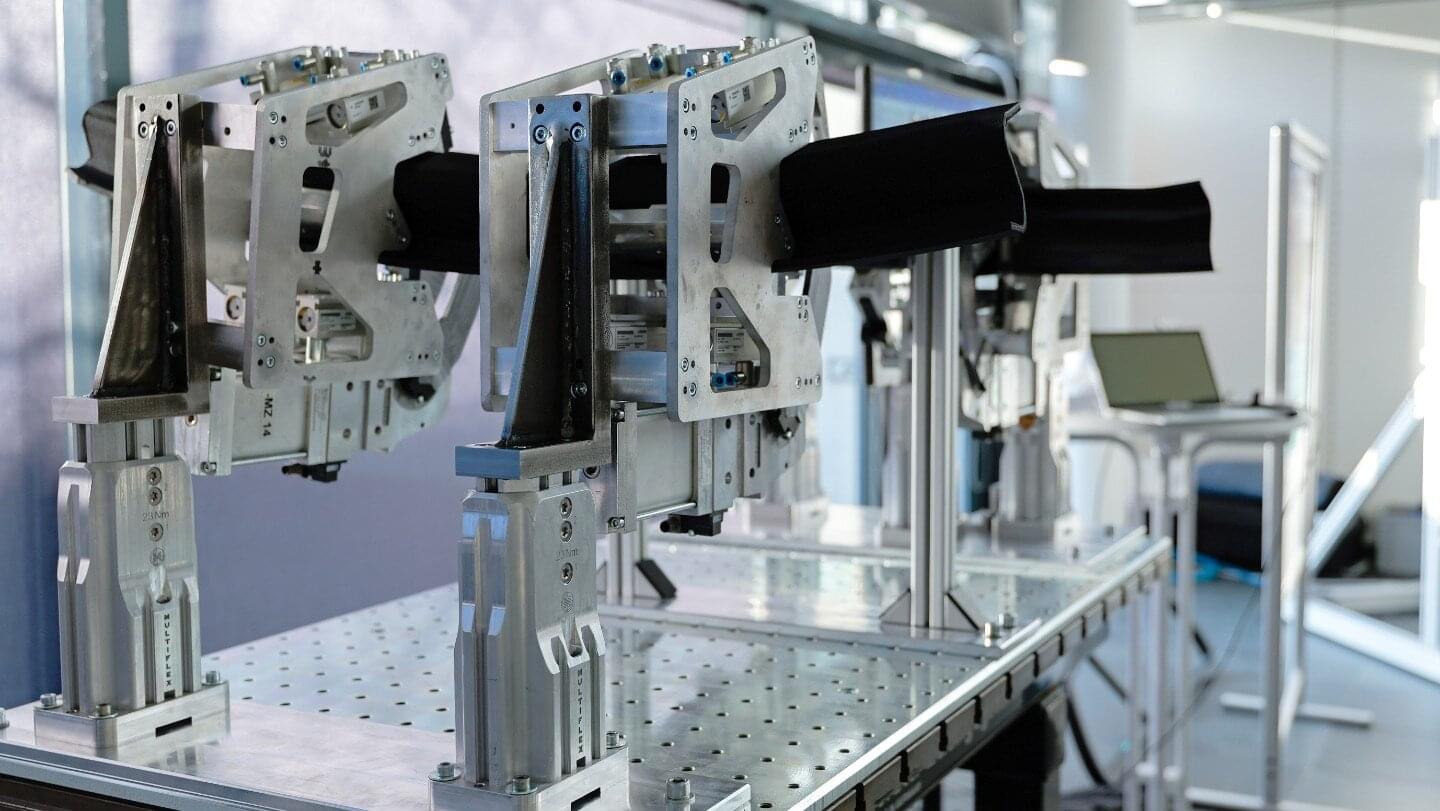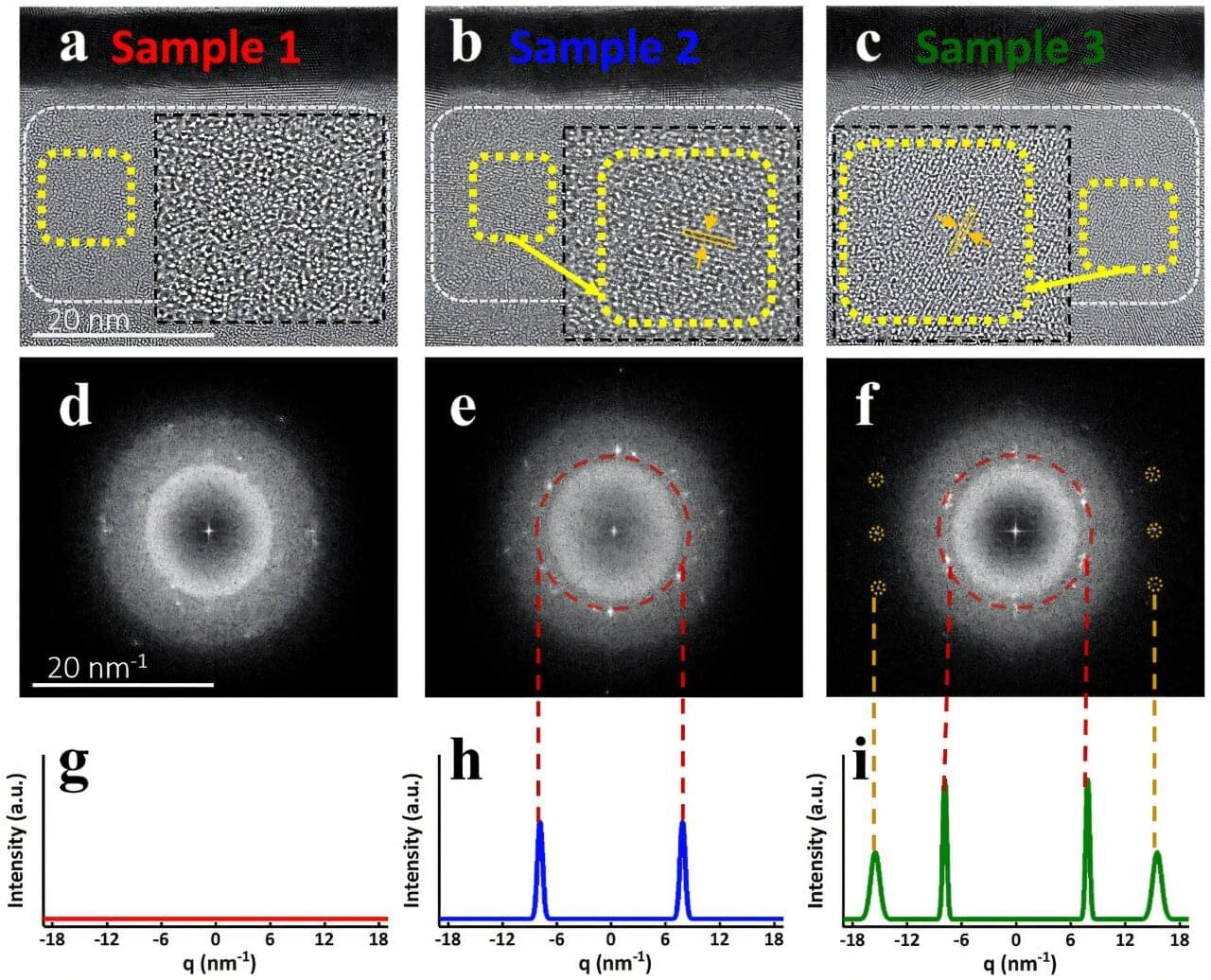A Korean research team has developed a new proton exchange membrane (PEM) that significantly enhances the performance of electrochemical hydrogen storage systems. The work was published as a cover article in the Journal of Materials Chemistry A.
Dr. Soonyong So of the Korea Research Institute of Chemical Technology (KRICT) and Professor Sang-Young Lee of Yonsei University have developed a next-generation PEM for LOHC-based electrochemical hydrogen storage using a hydrocarbon-based polymer called SPAES (sulfonated poly(arylene ether sulfone)).
This SPAES membrane reduces toluene permeability by over 60% compared to the commercially available perfluorinated PEM Nafion and improves the Faradaic efficiency of hydrogenation to 72.8%.
